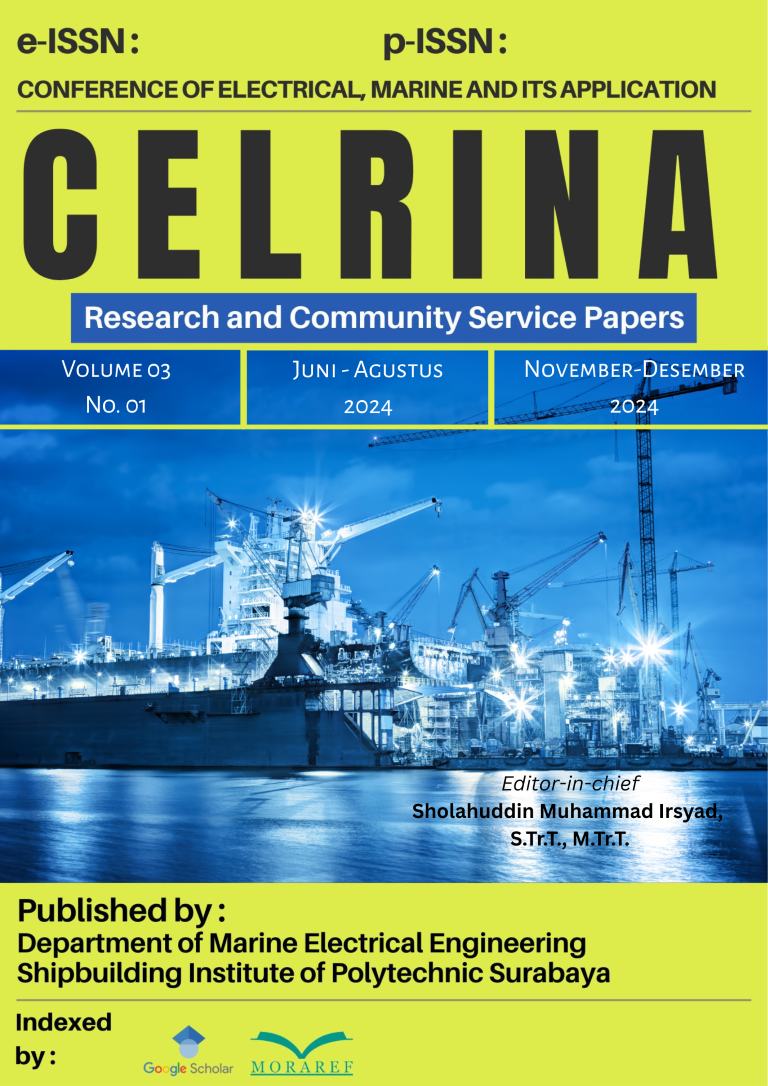Differences Between LQR and LQT Optimization Methods Regarding Output Response of Maxon EC-i 40 DC Motor
Keywords:
LQR, LQT, DC Motor, Noise, OptimizationAbstract
DC motor is an electronic component that is very common in everyday life. In general, DC motors tend to slow down under load, reduce speed, and do not run at a constant speed. The speed of a DC motor can be adjusted by changing the input voltage. Therefore, a controller is needed to keep the speed of the DC motor stable when the load changes. One method used to improve the performance of DC motors is LQR (Linear Quadratic Regulator) and LQT (Linear Quadratic Tracker). LQR aims to make the motor response close to the desired set point by reducing overshoot and undershoot in the system. LQT, on the other hand, is a linear control system that allows the system output to follow the desired reference. The LQR method produces a response that is close to the desired set point without overshoot and undershoot. Without using the LQR method, the motor response is far from the desired set point and takes a long time. Meanwhile, the LQT method speeds up the motor response to about ±0.5 seconds, but there is a little overshoot and the response has little variation. Compared to the LQR method, the LQT method is considered better because it produces a faster response to reach the set point on the Maxon EC-I 40 70 Watt DC motor.




